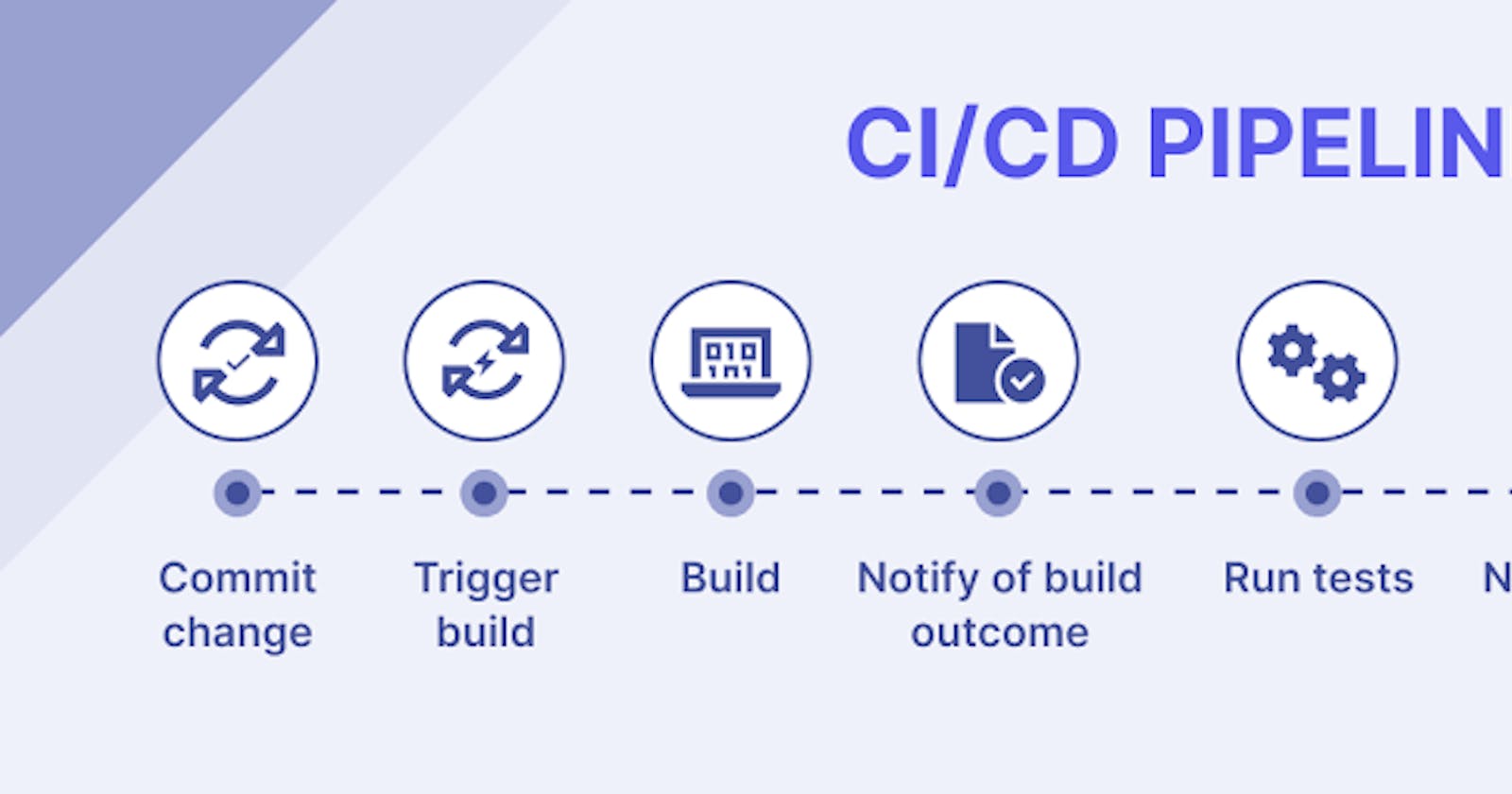A CI/CD (Continuous Integration/Continuous Deployment) pipeline is a set of practices and tools used to automate the software development process, from code integration to deployment. It enables teams to deliver software more frequently, reliably, and with fewer errors. The key components of a CI/CD pipeline typically include:
Version Control System (VCS): A VCS, such as Git, serves as a repository to store and manage the source code of the application. It allows multiple developers to work on the same codebase simultaneously and tracks changes made over time.
Build Automation: Build automation tools, like Jenkins, Travis CI, or CircleCI, automate the process of compiling source code, running tests, and creating executable files or artifacts. It ensures that the code is properly built and validated before moving to the next stages of the pipeline.
Continuous Integration (CI): CI involves regularly merging individual code changes from multiple developers into a shared mainline branch. The CI component of the pipeline triggers the build process automatically whenever changes are committed to the version control system. It includes compiling the code, running unit tests, and validating the code quality.
Automated Testing: Automated testing is a crucial part of the CI/CD pipeline. It includes various types of tests, such as unit tests, integration tests, and end-to-end tests, to verify the functionality and quality of the application. Automated testing tools, such as Selenium or JUnit, are used to run tests automatically as part of the pipeline.
Artifact Repository: An artifact repository, like Nexus or Artifactory, is used to store and manage the built artifacts generated during the build process. These artifacts can include compiled code, libraries, configuration files, or other deployable components.
Continuous Deployment (CD): CD automates the process of deploying the application to different environments, such as development, staging, or production. It involves the packaging of artifacts, configuring the deployment environment, and executing deployment scripts or workflows.
Configuration Management: Configuration management tools, like Ansible, Puppet, or Chef, are used to manage and automate the configuration of the deployment environment. They help ensure consistency across different environments and enable reproducibility of deployments.
Infrastructure as Code (IaC): IaC tools, such as Terraform or CloudFormation, allow infrastructure to be defined and provisioned programmatically. Infrastructure can be version-controlled, automated, and deployed consistently, ensuring that the required resources are provisioned for the application.
Monitoring and Logging: Continuous monitoring and logging tools, such as Prometheus or ELK stack (Elasticsearch, Logstash, Kibana), provide visibility into the performance, availability, and logs of the application in different environments. They help identify issues, monitor metrics, and troubleshoot problems during the deployment and runtime stages.
Orchestration and Release Management: Orchestration tools, such as Kubernetes or Docker Swarm, manage the deployment and scaling of containers or other deployment units. Release management practices ensure proper coordination and control of the deployment process across different environments.
These components work together to establish an automated and streamlined CI/CD pipeline, enabling teams to deliver software rapidly, efficiently, and with improved quality. The specific tools and technologies used may vary based on the organization's requirements and technology stack.

